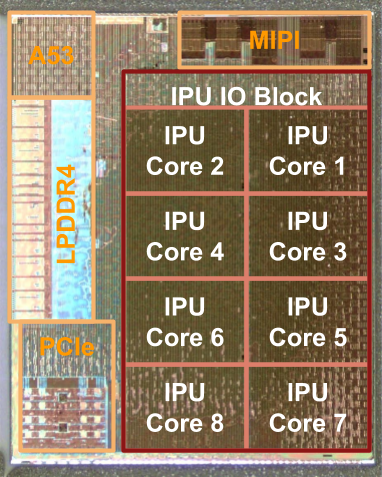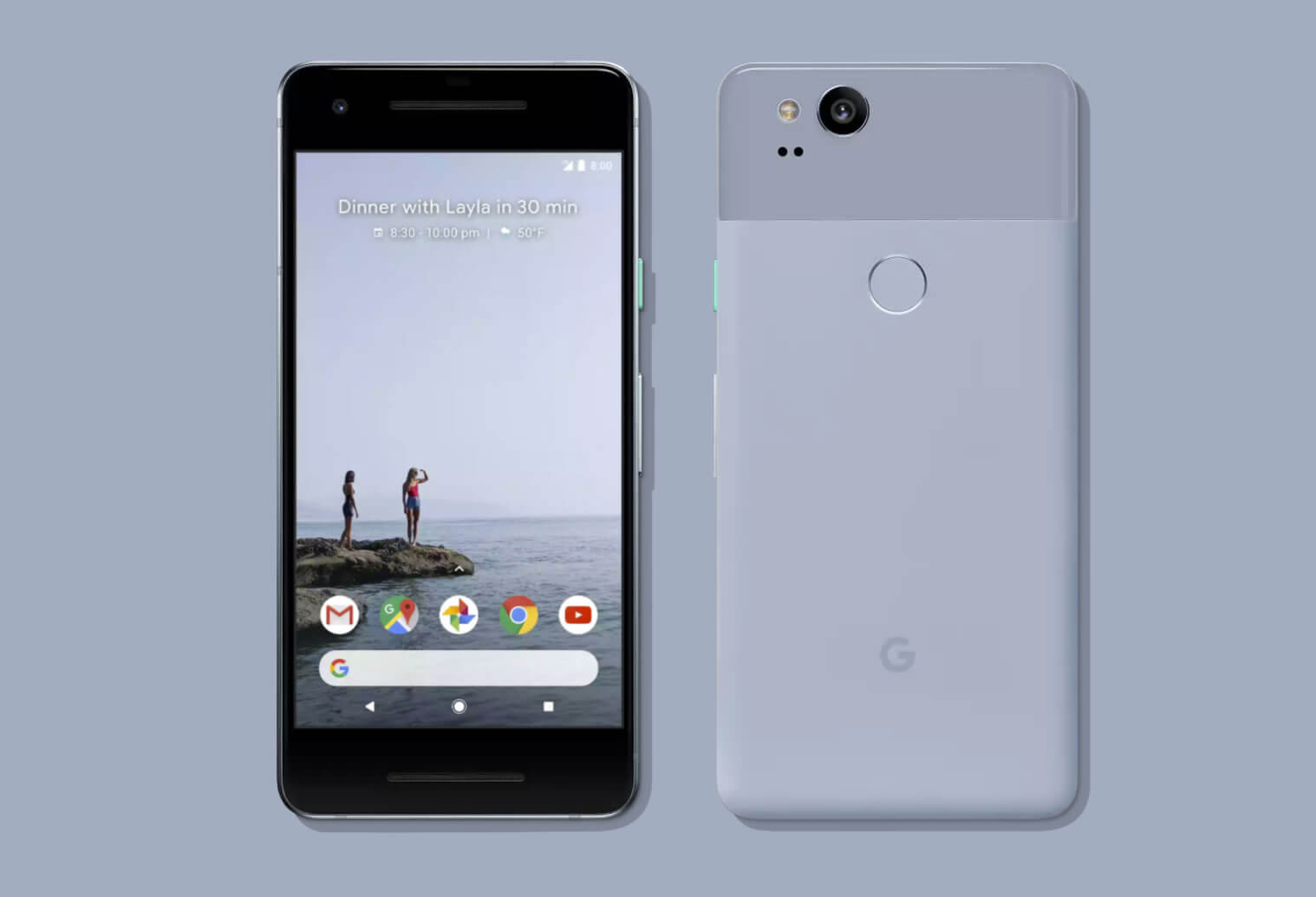Google earlier this month announced its second-generation flagship Android smartphone, the Pixel 2 (and Pixel 2 XL). The handsets, slated to arrive on October 19 and November 15, respectively, are driven by Qualcomm's latest Snapdragon 835. On Tuesday, however, we learned that there's some additional processing power in the new phones in the form of Google's first custom chip.
The Pixel Visual Core, as Google Senior Staff Engineer Ofer Shacham highlights, is a custom-designed co-processor that'll come built into every Pixel 2. The SoC consists of eight Image Processing Units (IPUs), each with 512 Arithmetic logic Units (ALUs) and is designed to "expand the reach" of HDR+.

High dynamic range, as you may know, is an imaging technique used to improve dynamic range across a photo or video. In short, it helps to tone down overly bright areas and highlight dimly-lit areas in a scene to provide a range of luminance that is similar to what the human eye sees.
According to Shachman, HDR+ can run 5x faster and at less than one-tenth the energy on Pixel Visual Core compared to when running on the application processor.

Pixel Visual Core will be enabled in the coming months via software update in the developer preview of Android Oreo 8.1. Eventually, Google will turn it on for all third-party apps that utilize the Android Camera API.
